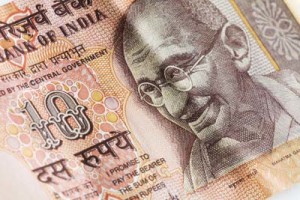In its last meeting under the helm of Governor Raghuram Rajan, the Reserve Bank of India (RBI) left monetary policy steady on Tuesday, as widely expected.
The RBI left the repo rate and reverse repo rate unchanged at 6.5 percent and 6 percent, respectively, adding that policy would remain “accommodative” and that it was “awaiting space for policy action.”
Indian stocks and the rupee were both modestly lower following the decision.
The space that the RBI was referring to was widely believed to be inflation.
Stubbornly high food prices in recent months led the bulk of analysts to believe the central bank would stay on hold for the second straight time; June’s meeting saw Rajan leave rates unchanged following a 25 basis point cut in April. Since January 2015, the RBI has lowered its policy interest rate by 150 basis points, according to Mizuho Bank.
June’s annual consumer price inflation (CPI) rate—the latest available—rose to 5.77 percent, up from May’s 5.76 percent and April’s 5.39 percent, and marked the fastest pace of price increase since August 2014.
That doesn’t bode well for Prime Minister Modi’s administration, which last week formally implemented an inflation target of 4 percent for the next five years, supporting Rajan’s goal to keep inflation below 5 percent by March 2017.
But the RBI flagged on Tuesday that there were “upside risks” to that 5 percent target.
via CNBC
